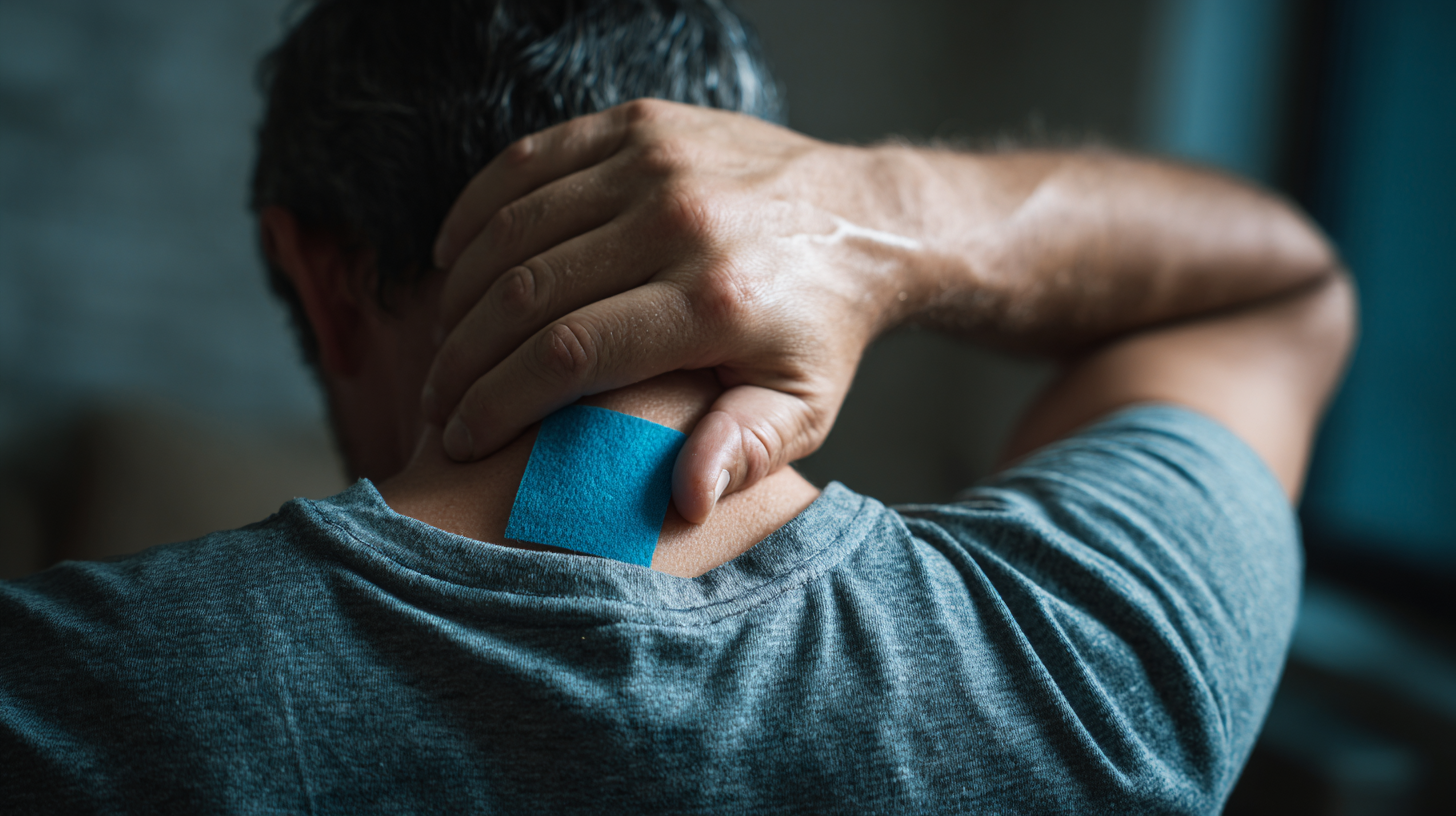In recent years, heat patches have emerged as a popular and effective solution for pain relief, particularly among those seeking non-invasive alternatives to medication. These innovative products harness the power of thermotherapy, utilizing controlled heat to relax muscles, improve circulation, and alleviate discomfort associated with various ailments such as muscle strains, menstrual cramps, and arthritis. This article delves into the science behind heat patches, exploring how their unique formulation and design contribute to their therapeutic benefits. We will also highlight the top five advantages of using heat patches as a reliable method for managing pain, offering insights into their mechanisms, effectiveness, and user experiences. By understanding the role of heat patches in pain management, individuals can make informed choices about their health and wellness strategies, ensuring they find the best remedies tailored to their needs.

Heat patches have gained popularity as an effective modality for pain relief, and understanding their composition and mechanism of action can shed light on their therapeutic benefits. Typically composed of materials that generate heat through exothermic reactions, these patches are designed to deliver consistent warmth to targeted areas. The controlled temperature, often maintained around 42°C, activates various physiological responses in the body, including increased blood flow to the area, which can help enhance tissue healing and alleviate pain.
Moreover, specific ion channels in the body, such as the hyperpolarization-activated cyclic nucleotide-gated ion channel 4 (HCN4), play a crucial role in sensing temperature changes. Activation of these channels by heat not only influences pain perception but can also affect physiological responses like heart rate. By utilizing these pathways, heat patches effectively stimulate comfort and promote relaxation, providing a non-invasive pain management option for a variety of conditions. In the context of analgesia, the interaction between heat and the body's sensory receptors underscores the significance of heat patches as a practical solution for pain relief.
When selecting the right heat patch for pain relief, it’s essential to understand the different types available on the market. Adhesive heat patches are popular for their convenience, as they can be easily applied directly to the skin. These patches typically provide consistent, localized warmth which can help alleviate muscle tension and discomfort. Moreover, they are often portable, making them ideal for use at home or on the go.

Microwaveable heat packs offer another option, providing the flexibility to customize the temperature and duration of heat application. These packs can be filled with various materials, such as rice or gel, and are designed for repeated use. They are particularly beneficial for larger areas of the body or for delivering a comfortable, moist heat, which may enhance the pain-relief effect.
Electric heating pads represent a third category, enabling precise control over heat levels. This type is especially useful for those who require longer sessions of pain relief, as they can maintain consistent warmth without the need for constant reheating. When choosing the right heat patch, consider your specific needs, whether it be portability, ease of use, or the ability to adjust heat levels, ensuring an effective solution for pain management.
Heat therapy has been widely recognized for its effectiveness in alleviating pain, especially in muscle and joint conditions. According to a report by the American Pain Society, applying heat can significantly improve blood flow to the affected area, which helps in reducing muscle spasms and stiffness. A study published in the Journal of Physiotherapy showed that consistent heat application could lead to a 70% reduction in pain levels for individuals suffering from chronic back pain, highlighting its potential as a non-invasive treatment option.
To maximize the benefits of heat therapy, proper application techniques are essential. For instance, one effective method is to use heat patches that provide continuous warmth for several hours. A clinical trial published in Pain Medicine found that participants using heat patches reported higher satisfaction levels compared to those using traditional heating pads, as the patches offer consistent heat and flexibility. Additionally, ensuring that the heat source is applied at a safe temperature—typically between 40°C to 45°C—while maintaining it for 15-30 minutes can enhance its effectiveness. By understanding and applying these techniques, individuals can harness the full potential of heat therapy as a beneficial component of their pain management regimen.
Heat patches have gained popularity as a convenient option for managing pain and discomfort, leveraging the science of thermotherapy. These patches deliver soothing heat that penetrates deeply into the tissues, promoting relaxation and blood flow while alleviating muscle tension. Research shows that heat application can effectively reduce pain levels, with studies indicating a 50% improvement in overall pain relief among users within a week of consistent use.
For those experiencing muscle pain, heat patches can be particularly beneficial. They facilitate faster recovery by enhancing circulation and enabling metabolic processes that help clear out inflammatory substances. When using heat patches, it’s important to apply them for the recommended duration to maximize their effectiveness while avoiding skin irritation.
Tips: For optimal pain relief, consider using heat patches in combination with gentle stretching exercises to enhance flexibility and reduce stiffness. Additionally, timing can be crucial; applying heat before physical activity can help warm up muscles, while post-activity application can relieve soreness. Explore various heat patch options to find one that best suits your comfort level and specific needs.
When using heat patches for pain relief, safety should always be a priority. First, it’s essential to follow the manufacturer’s instructions carefully. Most heat patches are designed for single use and should not be applied to broken or irritated skin. Individuals with certain medical conditions, such as diabetes or vascular diseases, should consult a healthcare professional before using these products, as they may have decreased sensitivity to heat, increasing the risk of burns.

To maximize the effectiveness of heat patches, it is advisable to apply them to clean, dry skin. Additionally, users should avoid layering heat patches with other heating devices, as this can lead to overheating and potential skin damage. Timing is also crucial; most patches are effective for a limited duration, so it’s important to monitor how long one is applied. Regular breaks and assessments of the skin beneath the patch can help prevent adverse effects. By prioritizing safety and following best practices, users can enjoy the benefits of heat patches while minimizing risks.






